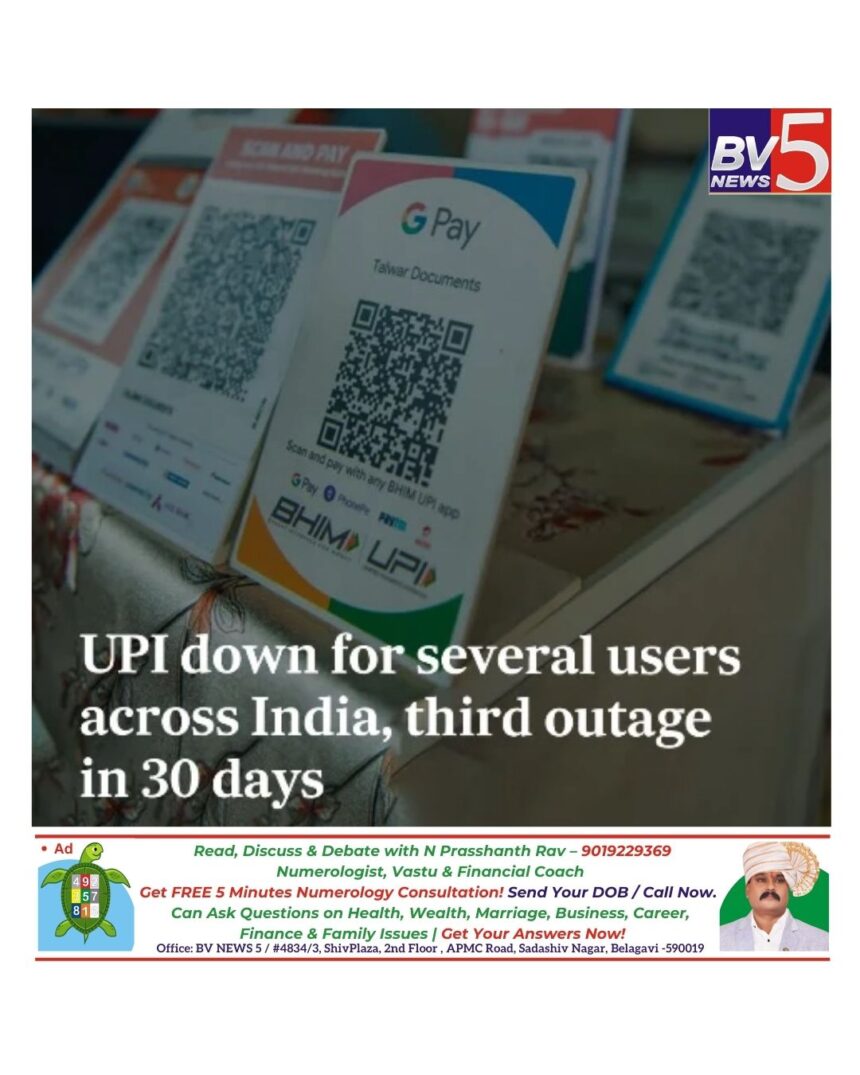In a digital-first nation like India, where mobile payments dominate everyday transactions, disruptions to the Unified Payments Interface (UPI) can bring daily life to a standstill. On April 12, 2025, millions of users reported being unable to complete transactions through major UPI platforms such as Google Pay, PhonePe, Paytm, and BHIM. This marks the third such outage in the last 30 days, sparking concerns over the reliability of India’s cashless infrastructure.
Nationwide Disruption
From local grocery stores to metro ticket counters, complaints flooded social media as users expressed frustration over failed payments and unresponsive apps. While some users were met with endless loading screens, others received cryptic error messages after initiating transactions.
Small businesses, hawkers, and vendors — many of whom rely exclusively on UPI for day-to-day payments — were among the worst affected. Several shopkeepers mentioned losing customers who were unable to make payments, leading to a direct impact on their daily earnings.
What Went Wrong?
Though the National Payments Corporation of India (NPCI) has not issued an official statement at the time of writing, sources suggest the outage could be related to server overload or technical glitches in the back-end processing systems that connect banks and apps to the UPI network.
With UPI handling over 12 billion transactions a month, even minor technical faults can have massive nationwide consequences.
Recurring Issues Raise Alarms
This is the third reported UPI outage in one month, raising serious concerns among financial experts and consumers alike. Many are questioning whether the current digital payment infrastructure is robust enough to handle the ever-growing volume of transactions.
Cybersecurity analyst Raghav Mehta states, “The problem isn’t just a momentary inconvenience—it affects financial trust. Frequent outages could drive people back to cash.”
Calls for Accountability
Consumer rights groups and fintech analysts are urging the NPCI and the Reserve Bank of India (RBI) to investigate the root causes of these outages and ensure that preventive measures are implemented.
A public statement and transparent communication from key players are expected soon, as pressure mounts from users, merchants, and financial institutions.
Conclusion
As India continues its ambitious journey toward a cashless economy, the backbone of its digital payment system must be stronger, faster, and more reliable. UPI has revolutionized the way Indians transact, but repeated failures risk shaking public confidence in the very system that was meant to empower them.









